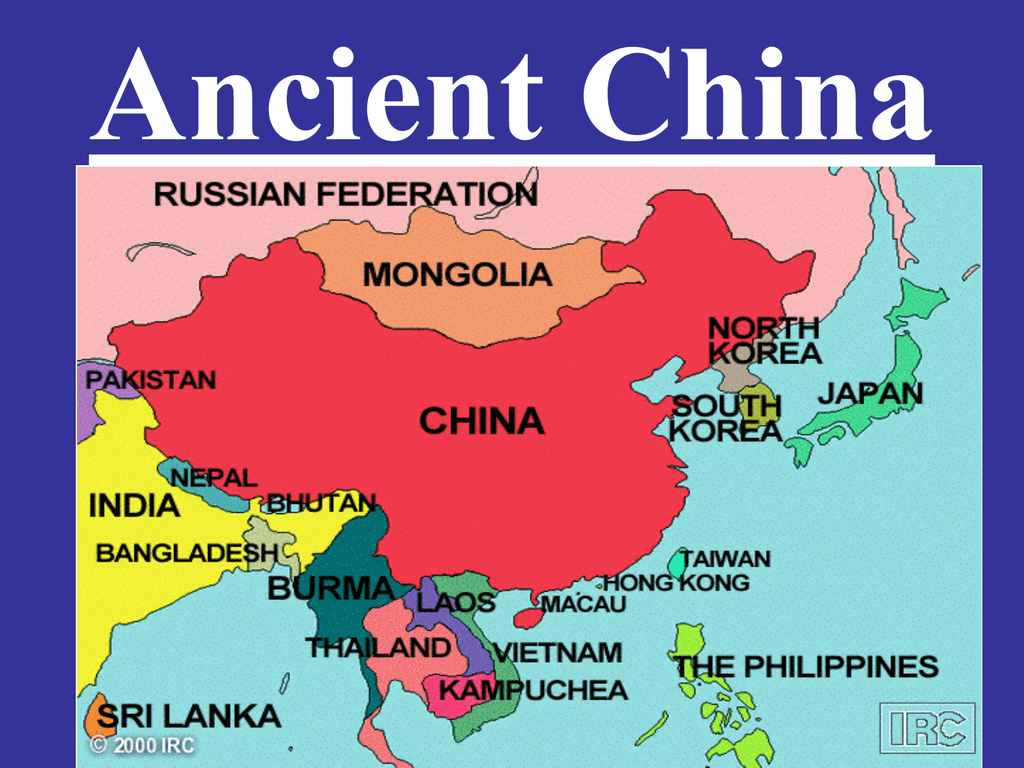

Adventures in Ancient China is offered in collaboration with the Robert S. Students will explore Chinese and Western approaches to ancient Chinese ritual social complexity and feudal social structure craft specialization, production, and exchange Chinese ideals of harmony and Buddhism in China. Highlights include an overnight stay in a Buddhist monastery, a gong fu class at the Shaolin Temple, Emperor Qin’s Terra Cotta Army, and a trek on unreconstructed parts of the Great Wall.


In Northern Song time some border tribes grew very strong. See everything from the Bronze Age wonders of the Shu culture of Sichuan to the beginning of imperial history under China’s first emperor, Qin Shi Huang. This dynasty is known in history as the Northern Song Dynasty. Travelers will visit UNESCO World Heritage Sites, encounter ancient objects in some of China’s best museums, delve into regional cuisines, and experience heritage tourism like a local. By contrast, European feudalism started after collapse of West Roman Empire at around 476CE. beginning the first wave of Sinification. That spanned nearly two thousand years in total, with Zhou dynasty lasting around 800 years. Korea s oldest known kingdom was conquered by emperor Wudi of the Han Dynasty in about 100 B.C.E. …in battle one engages with the orthodox and gains victory through the unorthodox…One who employs strategic power commands men in battle as if he were rolling logs and stones…Thus the strategic power of one who excels at employing men in warfare is comparable to rolling round boulders down a thousand-fathom mountain.Experience China as it was in ages past, from walled cities to vibrant temples to mountain scenery. The following seven ancient capitals Beijing, Xian, Hangzhou, Nanjin, Luoyang, Kaifeng and Anyang are the most famous on the list. The first three Chinese dynasties, the Xia, Shang, Zhou, were times that feudalism developed in China and reached its peak by Zhou dynasty. when the last of Chinas feudal kingdoms fell, that China was united as a. 221-210 BCE) and his massive terracotta army. An old missionary student of China once remarked that Chinese history is.
ANCIENT CHINESE FEUDAL KINGDOMS MANUAL
We will also look at perhaps the greatest manual on warfare ever produced, The Art of War by Sun-Tzu (5th century BCE) and certainly the most impressive tomb ever dedicated to warfare, that of Shi Huangdi (r. This collection examines in detail the weapons, armour, fortifications and strategies employed in such martial-obsessed periods as the Warring States period and the War of the Eight Princes. Students will explore Chinese and Western approaches to ancient Chinese ritual social complexity and feudal social structure craft specialization. Chariots, cavalry, swords, bows and crossbows were all staple features of the battles which raged as rulers forever struggled to dominate this huge country and defend its borders against threatening neighbours. The concept of feudalism in ancient China dates back to the 11th century B.C. The term also refers to the shared power system between regional leaders. Ancient historical texts such as the Book of Documents (early chapters, 11th century BC), the Bamboo Annals (c. Feudalism in ancient China refers to the allocation of a certain area or region to a specific individual who becomes the established leader of that region. The Warring States Period The Zhou Dynasty collapsed slowly, over a period of hundreds of years, as the feudal rulers of outlying provinces gained more. 16001046 BC), during the king Wu Dings reign, who was mentioned as the twenty-first King of Shang by the same. Chinese warfare involved perhaps the largest and most technologically advanced armies in the ancient world. The earliest known written records of the history of China date from as early as 1250 BC, from the Shang dynasty (c.


 0 kommentar(er)
0 kommentar(er)
